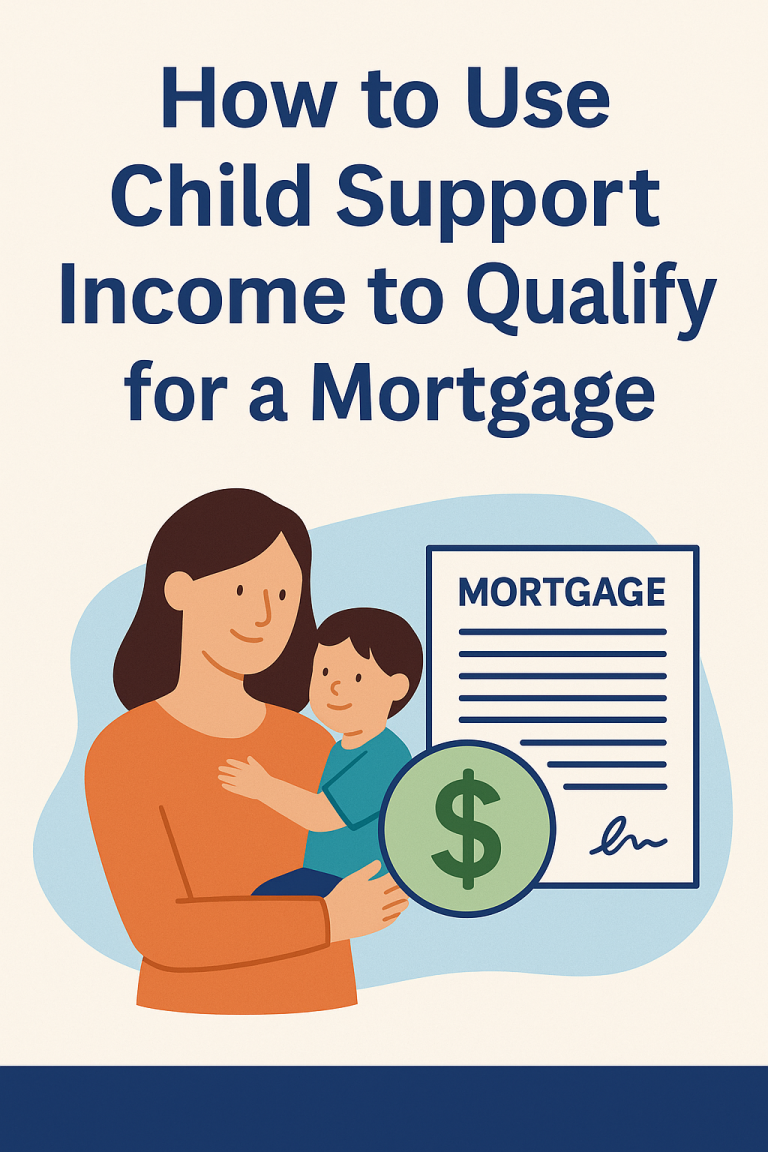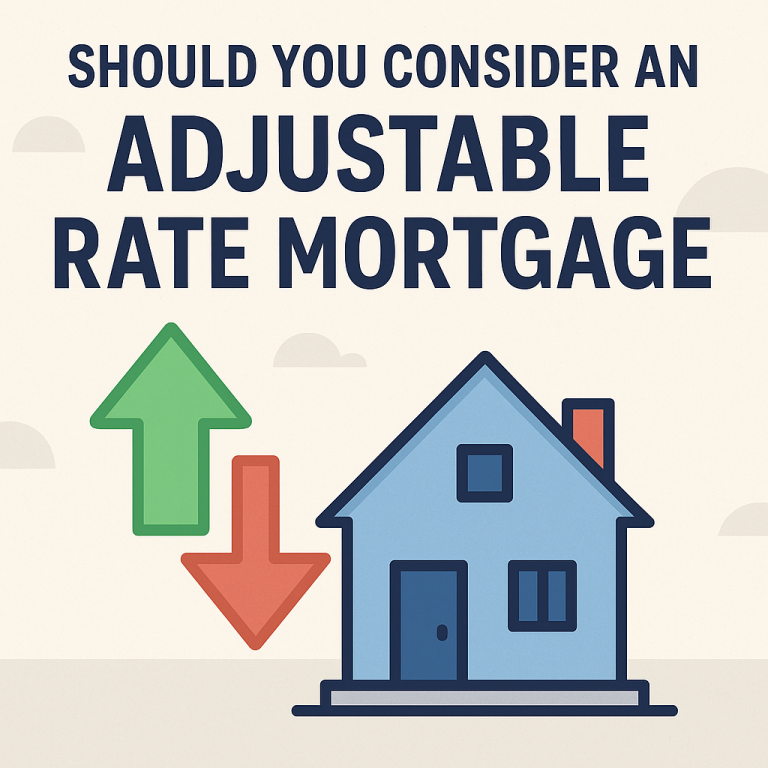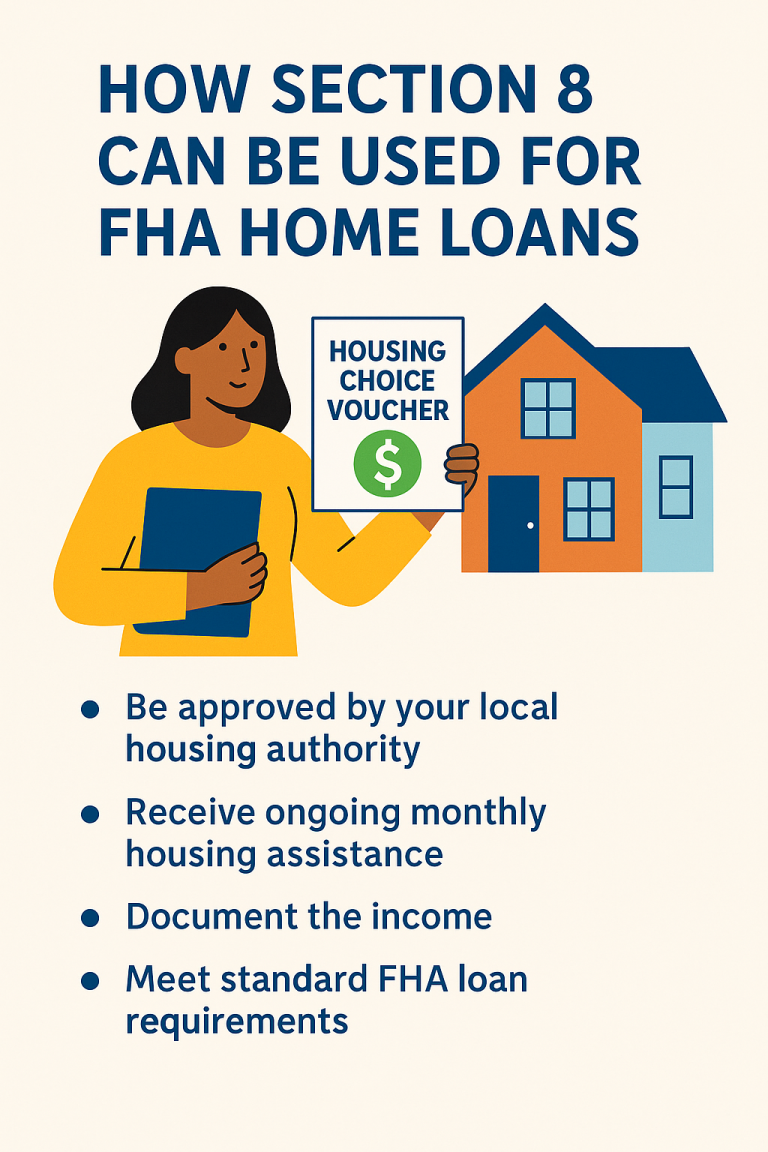How mortgage lender credits work with rates
If you’re getting a mortgage or plan to be you might be working with a situation where a lender credit is needed. Here is what you need to know with how lender credits work with regards to interest rates and government required disclosures…
When you select a mortgage loan program and term that product has a specific pricing structure associated with that interest rate.
For example, let’s say you’re looking at a 30-year fixed rate mortgage at 5%. Let’s say the 30-year fixed rate mortgage at 5% contains no discount points alternatively, the lender tells you can get a 4.875% rate and this comes a cost of .5%.
To select the 4.875% rate, you would agree to pay a cost of a half a percent. This cost of a half a percent is based on the loan amount. The payment and any cost associated with the interest rate that you select is based on the loan amount.
When you receive your initial loan disclosures these disclosures would reflect 4.875% with a cost of a half a percent. If your loan amount was $200,000 you would see a charge of an $1,000 in the form of discount points for rate chosen.
In the beginning if you and the lender negotiated where the lender was going to be giving you a lender credit for this point .5% you would see 4.875 % and the discount points on your loan disclosures would be blank.
The disclosures would not specifically itemize the .5% lender credit unless the lender already priced this in from the beginning at which point it would be built into the initial disclosures only. Let’s say two weeks into your loan process for whatever reason you and the lender negotiate for getting a lender credit on your loan. Same thing you would receive new disclosures with the same rate with lower discount points again lender credit not specifically itemized.
The lender is most cases when you receive a lender credit, it is built into the pricing tied to a specific rate chosen. It’s critical that you understand this if you are comparing one lender to another lender or if a lender is matching a certain interest rate or price.
Here is the mechanics…
Lender credits are based on an interest rate chosen. Going back to original example let’s say that instead of taking a 4.875 at .5 discount points you took a 5.125% loan which contained a .625% lender credit you would receive disclosures based on a ($1,250) assuming a $200k loan. 200,000 x .00625 =$1,250.
The places that you want to be paying attention your initial disclosures in the discount point column and origination fees column. Make sure you get from your lender a specifically what every fee is, so you can make the most informed decision possible.
Looking for a mortgage to refinance or buy a home? Get a no cost quote now.
Share:
RELATED MORTGAGE ADVICE FROM SCOTT SHELDON
Should You Consider an Adjustable Rate Mortgage?
When shopping for a home loan, most buyers immediately think of the 30-year fixed mortgage.…
Should you buy rental property for cash flow or appreciation?
When you invest in real estate, one of the first decisions you face is whether…
View More from The Mortgage Files:
begin your mortgage journey with sonoma county mortgages
Let us make your mortgage experience easy. Trust our expertise to get you your best mortgage rate. Click below to start turning your home dreams into reality today!



